In 1969, I bought a small house on Lyle Street and decided to start a garden. The back yard consisted of a square of grass so I picked a small area close to the back fence and dug out the sod. Then came the first problem. What to do with the sod? I piled it up beside the garage in an unsightly matted heap intending to haul it away if I could find someone with a truck to help me do it.
The soil in my new garden was stony and infertile looking. What to do now? I did not have a place to put the sub soil and I had no means to haul it away. I owned a Volkswagen bug, too small to haul in top soil. My garden plans were rapidly disintegrating. A week later, I broke my leg and that was the ignominious end of my first garden attempt. The next spring I sold the house but not before noticing that the ugly pile of sod had turned itself into beautiful compost. Lesson learned and remembered.
Here, IMHO, are the first five considerations if you plan to start a garden from scratch.
1. Get out the compass. All vegetables and most flowers need sunlight so you want to pick spots with maximum light. Now Thunder Bay has an advantage here. In June, the sun rises in the north-east (not in the east as in other places), crosses the sky and sets in the northwest. (not the west). Our long days give us many, many hours of sun. Unless you have only a north facing plot or are blocked in by trees or buildings, you should be able to find ample sun.
2. Decide where you are going to put your trees assuming you do not have any yet. Even a small garden should have trees. In my small garden I have a crab apple, a mountain ash and three Preston lilacs. All are over 15 feet. You do not want your trees to grow up and block the sun. If possible put them on the north side.
3. Figure out where you are going to put the compost. You want it tucked away somewhere. My compost pile is behind the garden shed. The pile is eight feet long and three feet wide and the compost is superb. A compost pile should be at least a metre by a metre. (I also have a black plastic container which is called a composter and, one of these years, it may even create compost.) I throw all vegetable matter (grass, garden clippings, soil, manure) into my big compost pile but never garbage. Reason: skunks live in the neighbourhood. I have seen them sashaying by on summer nights. I don’t want to do anything to attract them closer. Start the compost off with the sod you removed from your garden bed. But before you pile it up, shake out and save the good top soil held in the grass roots and spread the sods upside down for a few days to kill the grass roots.
4. Figure out what you are going to do with the sub soil. It has to be dug out to a depth of a foot and some books say more. It depends on what it looks like. Is is black and loamy or dry and stoney? Most likely the latter here in the north. If only we lived on the prairies where the top soil goes on forever! Not here. If there are big boulders they have to be dug out and can be placed artistically here and there as garden “features.” The rest of the sub soil has to be disappeared and the problem is where. If you have a buddy who has a bush lot or an old gravel pit….? (Note the city frowns on spreading stuff in the back lane.)
5. Figure out how you will transport the top soil to your new plot. Several local nurseries sell excellent top soil. Also, in spring, ads appear in the paper. Go and look at the soil before you buy. It might be full of weeds (or worse, crab grass – my advice is not to get top soil from Kaministiquia because it is crab grass city out there) or, as sometimes happens, it might not be very good. You want dark crumbly stuff. Get some old manure too and put some into the compost as well as mix it in with your top soil. (or if you have a source of chicken manure, make chicken manure tea – recipe follows).

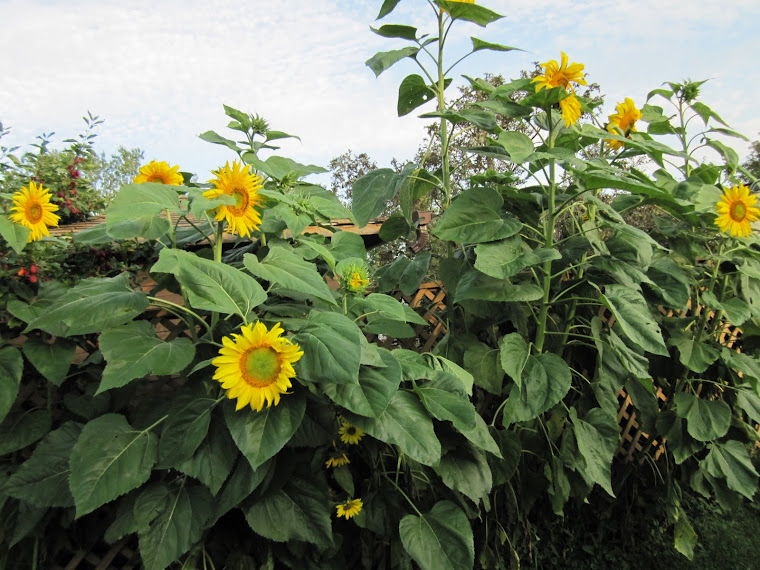

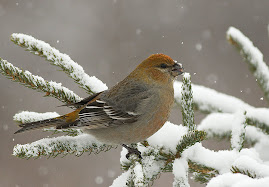



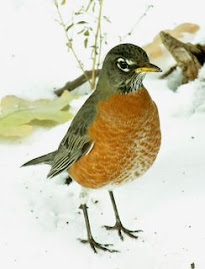


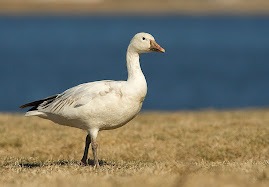




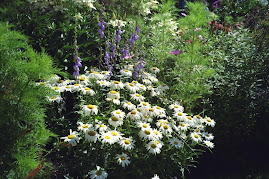
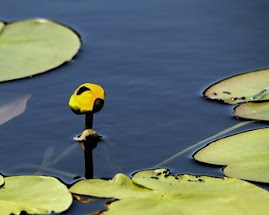

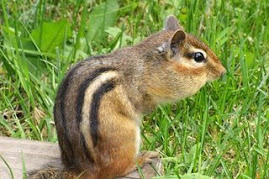
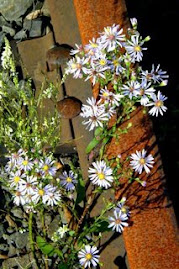
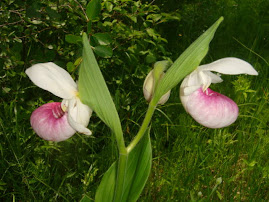

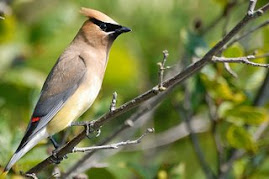
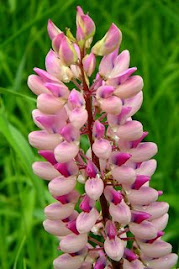
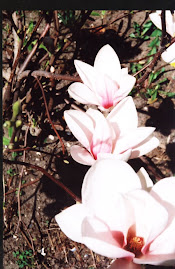

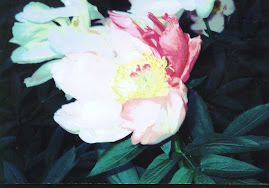
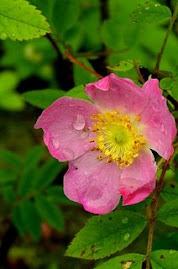



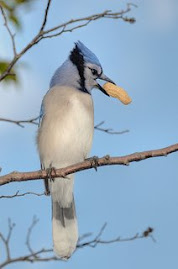

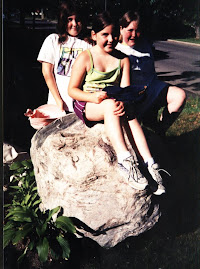

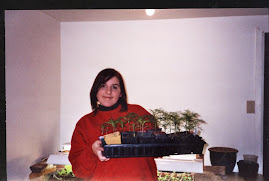
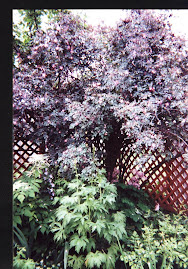
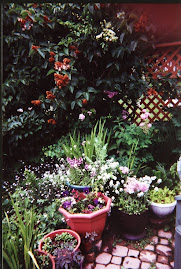

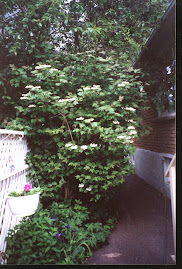
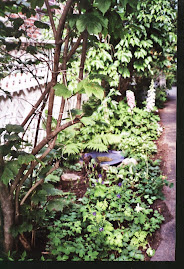


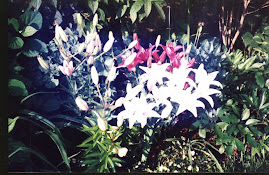




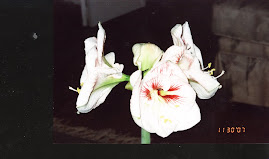


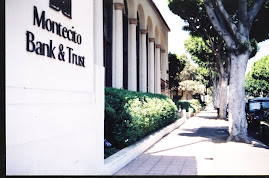
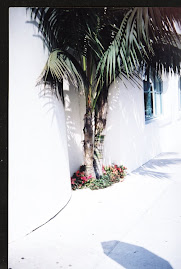
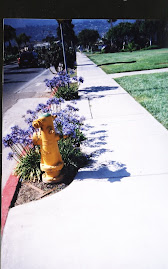

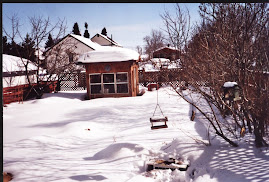
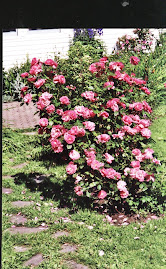
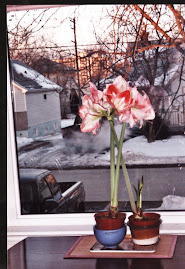

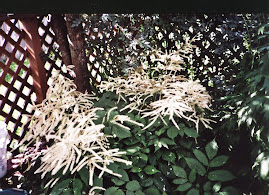








No comments:
Post a Comment